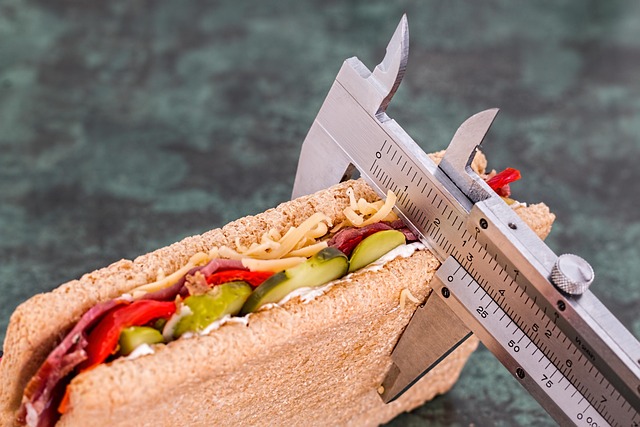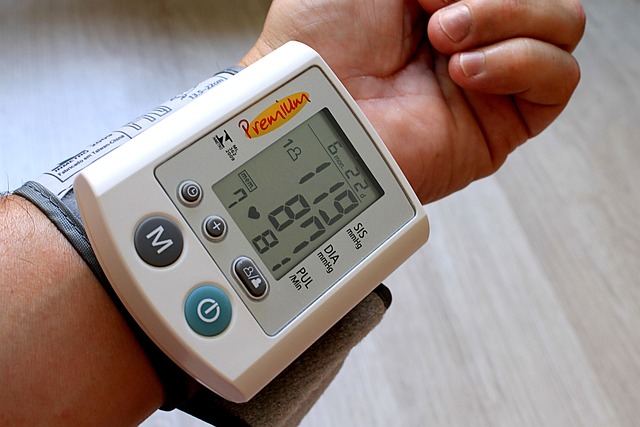Find Your Ideal Calorie Deficit
Losing weight effectively comes down to creating a consistent calorie deficit — eating fewer calories than your body burns each day. This calculator uses the Mifflin–St Jeor equation to estimate your Basal Metabolic Rate (BMR) and applies an activity multiplier to determine your Total Daily Energy Expenditure (TDEE).
By entering your personal details, you can quickly see how many calories you should aim to consume per day to achieve steady, sustainable fat loss. Adjust the daily deficit value to explore different rates of progress and find a plan that suits your lifestyle.
Calorie Deficit Calculator
Estimate your daily calories for weight loss using the Mifflin–St Jeor formula.
Creating a calorie deficit is the foundation of nearly every successful weight loss strategy. Whether you are following a structured diet, tracking your food with an app, or simply trying to make healthier choices, the principle remains the same: to lose body fat, you must consistently burn more calories than you consume.
This article explains what a calorie deficit is, why it matters, how to calculate it, and how to apply it in a safe and sustainable way. You will also find practical tips, common mistakes to avoid, and answers to frequently asked questions about calorie deficits and fat loss.
What is a calorie deficit?
A calorie deficit occurs when your body uses more energy than it receives from food and drinks. When you are in this state, your body taps into stored energy — primarily body fat — to make up the difference. Over time, maintaining a deficit leads to gradual fat loss.
-
Calorie balance: If you consume the same number of calories as you burn, your weight will remain stable.
-
Calorie surplus: Eating more than you burn causes weight gain, often in the form of fat storage.
-
Calorie deficit: Consuming fewer calories than you burn results in weight loss.
This principle is simple, but applying it consistently requires understanding how many calories your body actually needs.
Calculating your daily calorie needs
Your body requires a certain amount of energy to function properly. Two key numbers help you determine how many calories to consume each day:
-
Basal metabolic rate (BMR) – the number of calories your body burns at rest to maintain vital functions such as breathing, blood circulation, and cell repair.
-
Total daily energy expenditure (TDEE) – your BMR multiplied by an activity factor that reflects your lifestyle and exercise habits.
For example:
-
A 30-year-old male weighing 80 kg and 178 cm tall might have a BMR of ~1,800 kcal/day.
-
If he is moderately active, his TDEE could be around 2,700 kcal/day.
This means he must consume fewer than 2,700 kcal/day to lose weight.
How large should your calorie deficit be?
The size of your calorie deficit determines how quickly you will lose weight.
-
Mild deficit (10%): Sustainable, minimal hunger, slower but very steady progress.
-
Moderate deficit (15–20%): Balanced approach, steady fat loss of about 0.5–1 kg (1–2 lb) per week.
-
Aggressive deficit (>25%): Faster results, but can increase fatigue, hunger, and the risk of losing muscle mass.
Most experts recommend aiming for a deficit of 500–750 kcal per day, which usually produces about 0.5–1 kg (1–2 lb) of fat loss per week. This pace is considered safe and sustainable for most people.
Why slow and steady weight loss is healthier
Extreme diets that slash calories too aggressively often do more harm than good. While rapid results can feel motivating, they are rarely sustainable.
Problems with very low-calorie diets include:
-
Loss of lean muscle tissue
-
Nutrient deficiencies
-
Hormonal imbalances
-
Extreme fatigue and mood swings
-
Increased risk of regaining weight
A moderate calorie deficit allows you to maintain more muscle, avoid nutritional problems, and support long-term fat loss without harming your health.
How to apply a calorie deficit in real life
Here are practical strategies to maintain a calorie deficit without feeling miserable:
-
Track your intake: Use an app, food scale, or journal to stay aware of portion sizes and calorie totals.
-
Eat more protein: Protein-rich foods help preserve muscle mass, increase satiety, and keep hunger under control.
-
Focus on whole foods: Vegetables, fruits, lean meats, legumes, and whole grains provide more nutrients per calorie.
-
Choose low-calorie, high-volume foods: Salads, soups, and water-rich vegetables fill your stomach with fewer calories.
-
Stay active: Even light activity like walking adds to your daily burn and makes the deficit easier to achieve.
-
Prioritize sleep: Poor sleep increases hunger hormones and makes calorie control harder.
-
Be consistent, not perfect: Occasional indulgences are fine; what matters is the long-term pattern.
Using the calorie deficit calculator
The calorie deficit calculator on this page is designed to make the process simple. By entering your age, sex, height, weight, and activity level, you will:
-
Get an estimate of your BMR and TDEE
-
See suggested calorie targets for mild, moderate, and more aggressive deficits
-
Understand how fast you can expect to lose weight
-
Estimate how long it may take to reach your goal weight
This tool gives you a personalized starting point, which you can adjust as you monitor your progress.
Common mistakes when creating a calorie deficit
Many people struggle with calorie deficits not because the concept is wrong, but because of how they apply it. Some frequent errors include:
-
Cutting calories too drastically: This often backfires and leads to binge eating.
-
Ignoring protein intake: Without enough protein, muscle mass is lost along with fat.
-
Overestimating activity levels: Many people burn fewer calories during workouts than they think.
-
Not accounting for hidden calories: Sauces, oils, drinks, and snacks can add up quickly.
-
Being inconsistent: A few days of overeating can cancel out an entire week of dieting.
Avoiding these mistakes increases your chances of long-term success.
Frequently asked questions
How fast can I lose weight with a calorie deficit?
Most people safely lose 0.5–1 kg (1–2 lb) per week. Faster loss is possible, but often not sustainable.
Is it true that 3,500 calories equal 1 pound of fat?
This is a rough guideline. In reality, fat loss is more complex and depends on metabolism, hormones, and activity.
Do I need to exercise to create a calorie deficit?
Not necessarily. You can create a deficit by reducing food intake alone, but exercise helps maintain muscle and improves health.
What happens if my calories are too low?
Your body may slow down metabolism, increase hunger, and make long-term weight loss harder. Very low-calorie diets can also be dangerous.
Can I still lose weight without counting calories?
Yes, but tracking calories provides awareness. Many successful approaches focus on portion control, mindful eating, or limiting processed foods instead of strict counting.
Weight loss does not require complicated rules or extreme diets. The key is consistency: creating a calorie deficit and maintaining it over time. By learning how many calories your body needs and reducing intake moderately, you can achieve fat loss while protecting your health.
Pair your calorie deficit with regular exercise, enough protein, quality sleep, and patience. The goal is not just to lose weight quickly, but to build sustainable habits that keep the weight off long term.
Image(s) used in this article are either AI-generated or sourced from royalty-free platforms like Pixabay or Pexels.
Did you enjoy this article? Buy me a coffee!






